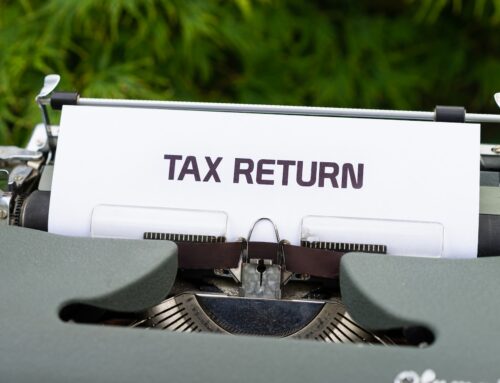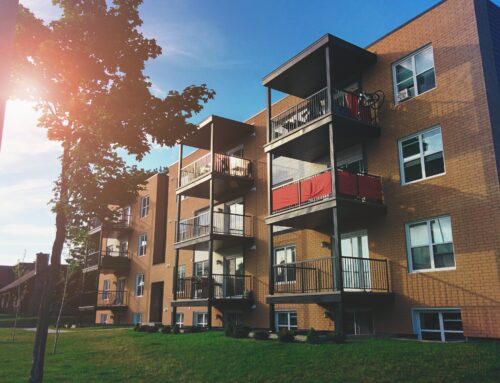A well-stocked Canadian fridge will always include the following things: back bacon, maple syrup, and most important of all, beer. That’s because beer has been synonymous with Canadian heritage since early Europeans settled here in the mid-17th century. And any festive holiday party, adult birthday party or sloppy company party will prove that Canada’s love of beer is still progressing famously. In fact, in today’s market, beer makes up more than 45% of all alcoholic beverage sales. That’s a whole lot of suds for the buds, if you get our drift.
Compared to other parts of the world, brewing beer in Canada had serious advantages. The climate was cold enough for outdoor refrigeration, there was a surplus of grain available to be used, and there were countless thirsty immigrants looking for an alternative to the expensive imported French liquors. Combined, these ingredients set the stage for a resounding “Cheers!” as Canada’s beer industry started to thrive.
BIG BREWS BEGIN
The first commercial brewery was built by Jean Talon in Québec City in 1668. It was such a smashing success (perhaps a few glasses were smashed in the process), other entrepreneurial brewers were intoxicated with the idea of starting their own enterprise. By 1786, John Molson had built his first brewery in Montreal, which currently serves as the oldest brewery in North America. Alexander Keith & Son followed suit shortly thereafter, opening their first brewery in Nova Scotia in 1829. John H. Sleeman tapped a few hundred kegs of his own with his Ontario brewery in 1836. By 1840, Thomas Carling had joined the party by starting the Brewing & Malting Company in London. And this, of course, was followed closely by Labatt, who opened his brewery doors in 1847.
Today, these names are iconic in the beer industry, and each has quenched customer thirst with emptied mugs on a global scale. Although most Canadian breweries have been swept up in foreign mergers and acquisitions that have redefined the beer landscape, a majority of these frosty beverages are still produced in Canada. Drinking, therefore, can still be classified as a noble and patriotic Canadian act.
9,306 KM OF BEER
Even though the earliest beer development happened in Eastern Canada, the West experienced a beer boom of their own, developing a unique drinking palette separate from the rest of the country. Just as the British had flocked to Canada in the early 17th century, German immigrants found their new home in the northern United States. Many of these German immigrants, sensing opportunity in their bordering neighbour, decided to open German-style breweries in British Columbia and eventually in the Prairie provinces. The result? Canada underwent a widespread diversification of styles and tastes that catalyzed an even greater beer industry across the nation.
Today, Canadians have access to some of the greatest beer selection on the planet. We’re home to over 650 breweries and more than 7000 brands—and that number continues to rise every year.
WHAT BEER DO CANADIANS DRINK THE MOST?
It should come as no surprise that Canadians consume more than 22,180,000 hectolitres of beer each year. That’s enough liquid to fill almost 3 million standard bathtubs (though we wouldn’t recommend brewing beer in a bathtub, despite what the Internet may say). Every province consumes this delicious beverage at different rates, with the Yukon Territories consuming the most per capita at 128 litres—that’s almost 374 bottles per person. Impressive? We think so. On average, one Canadian consumes about 75.5 litres of beer in a year, which ranks 25th in the world. We clearly love our beer, but we know a thing or two about moderation.
As far as taste buds go, Canadians typically lean towards Lagers, which comprise 56% of all beer sold in Canada. The word “lager” comes from the German word “lagern”, which means ‘to store’. Remember those German-Americans who moved up North to sell beer? A key reason they made the move was to take advantage of Canada’s near-freezing temperatures, which made for an ideal storage environment. Lagers have a hoppier flavour than other beers and a smooth, crisp finish.
The next most popular beer are Ales, which comprise over 30% of all beer sold in the land of Hockey. Ales are typically darker than lagers, and have a fuller body mixed with subtle fruits or spices and a hoppy finish. They have a more unique personality than lagers, which explains why so many microbreweries opt for selling ales (among many other types).
Stouts & Porters are dark, roast-brewed beers that can sometimes take on a thicker and richer feel. They’re wildly popular in the UK, which explains the Canadian love of stouts given our lengthy British-influenced history.
Malts are dark and sweeter in flavour, and can contain brilliant notes of caramel, toffee and nuts. With these infusions, malt beers make for delicious dinner companions as they’re slow-drinking and go down easy.
A QUICK GUIDE TO CANADIAN BEER STYLES:
Before you walk into a Canadian beer store to confront the massive array of beers to choose from, it’s best to have a brief handle on the different beer styles, so you know exactly what to look out for. Check out the top beer styles that are famous in Canada:
Amber: Amber beers are full-bodied brews that often contain hints of caramel.
Our favourite Canadian brews: Alexander Keiths Red and Creemore Lager
Blonde: Pale in colour and sweeter in taste, Blonde ales are crisp and dry with low bitterness.
Our favourite Canadian brews: Amsterdam Natural Blonde and Flying Monkeys Antigravity
Cream: This golden style of ale is mild, sweet and is definitely a crowd favourite.
Our favourite Canadian brews: Muskoka Cream Ale and Sleeman Cream Ale
Honey: Honey beers have a lighter colour and are sweetened with hints of caramel. They’re an aromatic kind of lager with a distinct flavour that makes for extra drinkability.
Our favourite Canadian brews: Sleeman Honey Brown Lager and Lakeport Honey Lager
India Pale Ale: This Canadian-staple ale was originally brewed with extra hops to survive the long journey to India while British troops were stationed there. Hoppy and delicious.
Our favourite Canadian brews: Alexander Keiths IPA and Sleeman India Pale Ale
Pilsner: Pilsners are distinct from other lagers thanks to a very distinctively hoppy taste.
Our favourite Canadian brews: Steam Whistle Premium Pilsner and Camerons Captains Log
BOTTOMS UP
Ready to stop reading and start drinking? Head over to our Online Relocation Guides to get a comprehensive package that makes moving to Canada a seamless and easy process—almost as easy as picking out your new favourite Canadian beer from the Beer Store or SAQ.
LEARN MORE
For more information about Canadian culture, check out the following articles and links:
Photo Credit: Unsplash







Leave A Comment